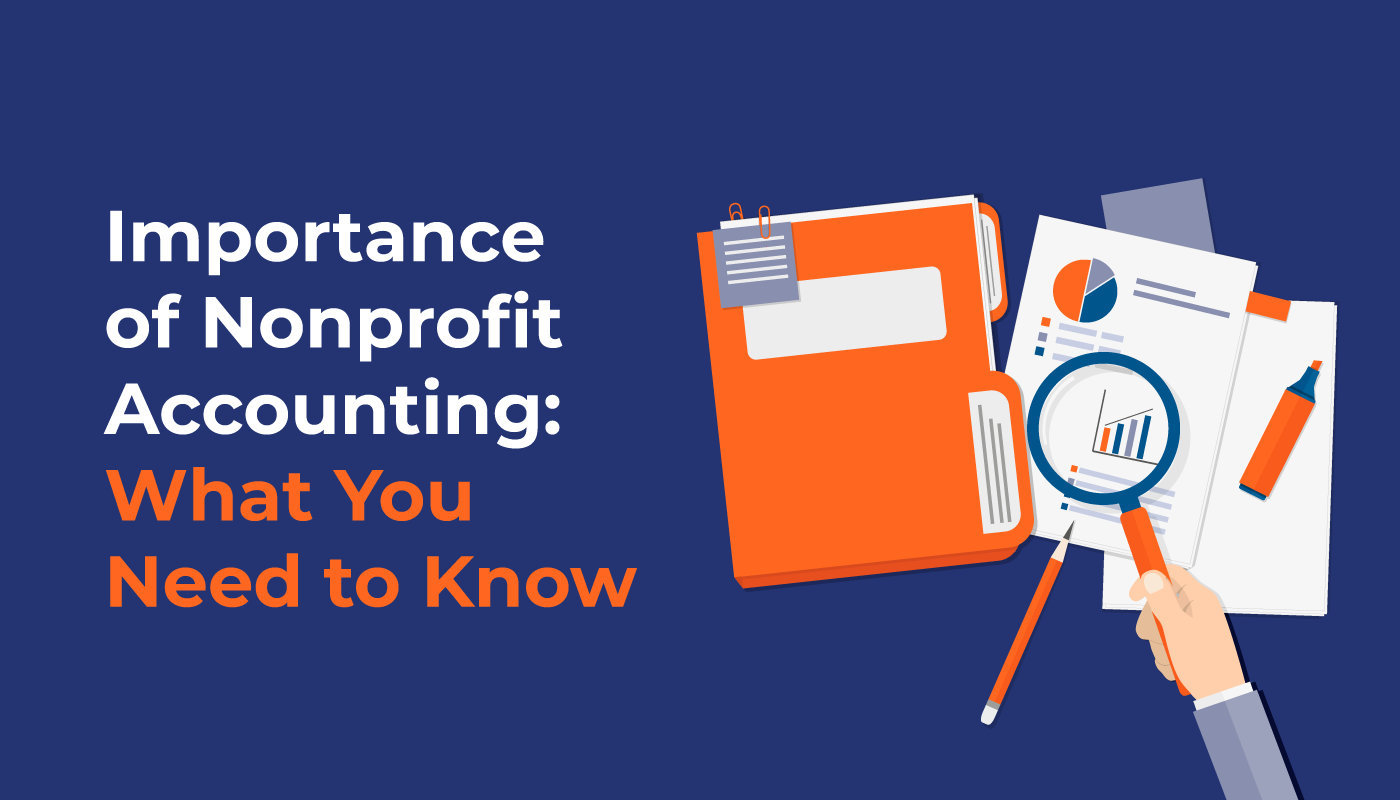I received a newsletter this week referencing last week’s federal funding freeze for nonprofits. To say it was a bit hyperbolic is an understatement, but I do understand the author’s concern. Although the freeze was quickly rescinded, it’s a safe bet that the future of funding for many of our country’s nonprofits is murky at best. While I don’t dare wade into political discussion, as a person engaged in finding money for nonprofits I’m certainly concerned.
The newsletter said the nonprofit sector is facing an existential crisis. Possibly.
It mentioned that we are in a constitutional crisis. Maybe.
It then stated that those waiting for clarity risk obsolescence. I couldn’t agree more…but not because of the current political waters.
Let me explain. When I started in this business some 30 years ago, it wasn’t because I was passionate about a cause, thought I could save the world, or wanted to help people. I was teaching finance to college seniors and was lured out of academia by a fundraiser because I produced a return-on-investment report that got his company hired for the third time by a particular client. In other words, I entered the fundraising business through the side door.
Over the years the application of an investment mindset to the art of fundraising has been a passion. It has been refined, expanded, modified …and it has worked very well. Convergent has successfully raised hundreds of millions of dollars for its clients, and I have personally worked in every state with over 800 clients (best guess), on almost every type of nonprofit imaginable. Most importantly, it has been adopted by hundreds of nonprofits, and it is this investment mindset that provides the clarity these organizations need to avoid risking obsolescence, especially in a funding context.
The Motivation to Give
Much has been written about the emotional versus the rational ask, and obviously the rational ask is more in line with the investment mindset. (To learn more, you can visit our website, so I won’t repeat it here). The rational ask camp, though, remains in the small minority among fundraisers, who are firmly entrenched in the dogma of the emotional appeal. Don’t believe me? Just recall how many undernourished children, abused pets, or disease victims you see on television.
Now that future funding may be in jeopardy, many nonprofits will take another look at what the rational appeal has to offer, to which I can only say it’s about time. Not only do the fundraising results speak for themselves, but science is finally coming around and acknowledging that there is more to fundraising than appealing to the emotional side of the brain, and Aristotle had it right hundreds of years ago.
In order to get to an agreement, whether in a sales situation, a debate, or fundraising, Aristotle theorized that one had to get all three parts of the brain engaged: Logos (logic, the new brain), Pathos (emotional, the reptilian brain), and Ethos (now known as the limbic system, middle brain). To ignore the logical/rational side of the brain and only focus on the emotional appeal is severely reducing the chances of an ask being successful. But more than that, the limbic system is what accounts for that gut feel one has when making decisions. If you’ve ever found yourself thinking that something doesn’t “feel right,” you are listening to the limbic system. Engaging the rational side of the brain, which if done right establishes credibility, can make something “feel right” and lead to a successful ask.
Sustainability Can Prevent Funding Whiplash
When federal dollars have the potential to evaporate overnight, don’t double down on the emotional appeal and expect it to carry the day. When we work with a nonprofit to position it as a community asset, one worthy of investment, an interesting thing happens: they become financially sustainable.
It works like this:
- Raise money by clearly demonstrating your outcomes as investable.
- Deliver on those investments.
- When the pledge period is over and you have delivered, you have the right to ask for more funding.
This virtuous cycle can repeat itself over and over, the very definition of sustainability. Believe it or not, when an investment in a nonprofit produces a “return,” funders are very likely to invest again.
The newsletter mentioned previously closed by saying the choice facing nonprofits is stark: adapt or fade away. I’m not sure I can go quite that far, but I will offer the same statement as it applies to how you raise money. Moving to an investment-based form of fundraising not only cures whiplash, but provides a sustainable model for the future.







